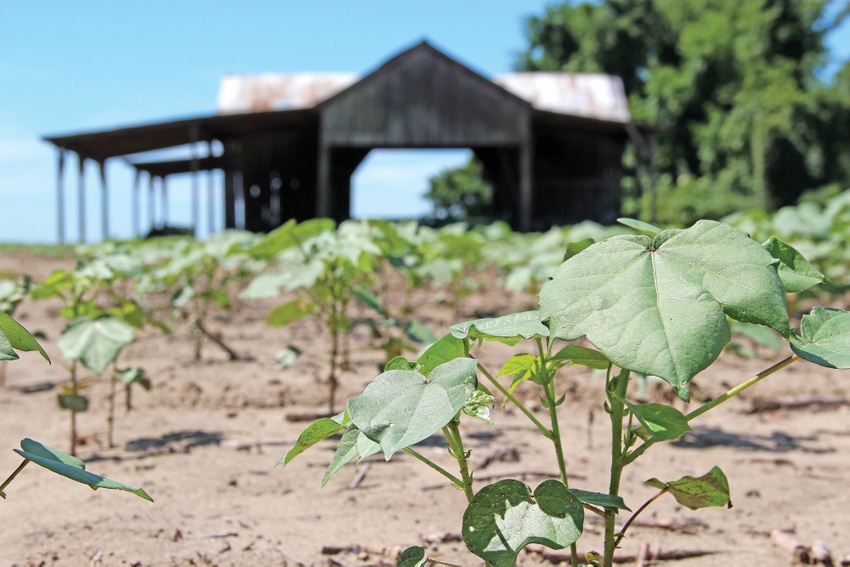June 28, 2012

At the Northeast Region Field Day held at the St. Joseph Research Station, I discussed the use of seed treatments and foliar insecticides for managing thrips in cotton.
The efficacy of seed treatments can be influenced by a variety of biotic and abiotic factors. The species of thrips can greatly influence product performance. Typically we encounter predominantly two species of thrips on seedling cotton in northeast Louisiana — tobacco thrips and western flower thrips. Of these two, the western flower thrips is more difficult to control with insecticides (seed treatments and foliar), particularly with certain products.
In 2012, our thrips populations were roughly 50:50 tobacco thrips to western flower thrips. Versus this population mix, our standard use rates of Dimethoate and Acephate did not perform well. Radiant, high than normal rates of Acephate and Bidrin all appeared to offer satisfactory control.
New insecticides anticipated for 2013
Another factor that can great affect seed treatment performance is the weather. Cold conditions stunts plant growth, holding the plant in a more vulnerable state to thrips feeding for a longer period of time. Generally, anything that reduces plant vigor will render a plant more susceptible to thrips injury.
Dry conditions similar to what we experienced in 2012 can influence a seed treatments ability to move with the root thorough the upper soil profile and thus deliver its ingredient to the root. Less water soluble seed treatments are more susceptible to failure under nominally dry conditions than the more water soluble products, but under extremely dry conditions, none of the seed treatments may perform exceptionally well.
You May Also Like




